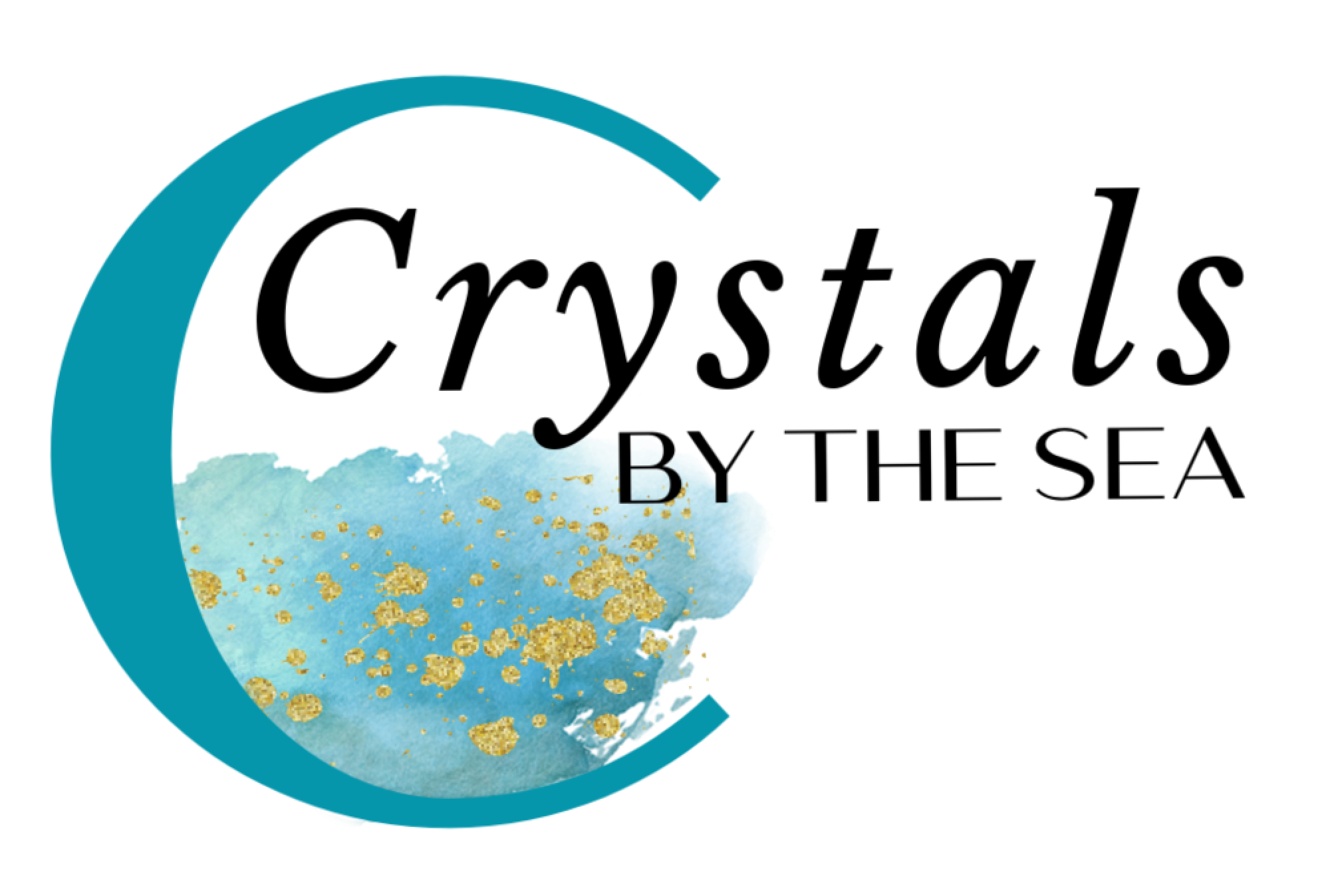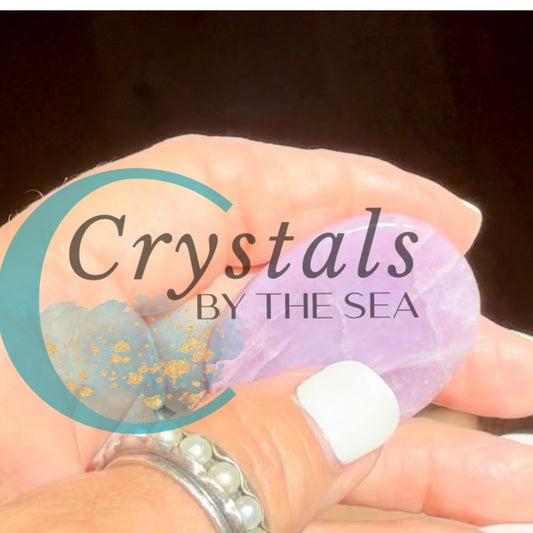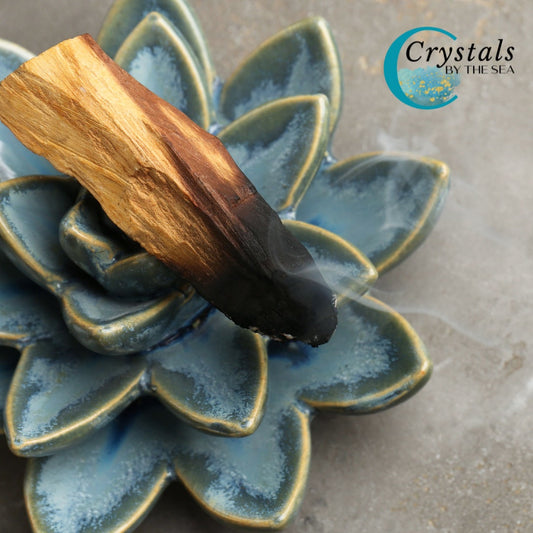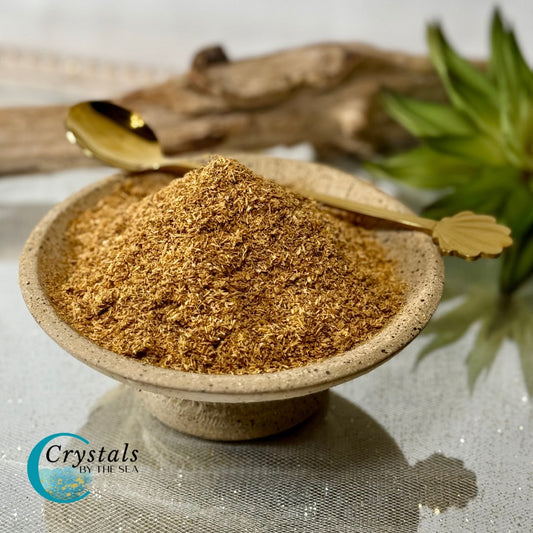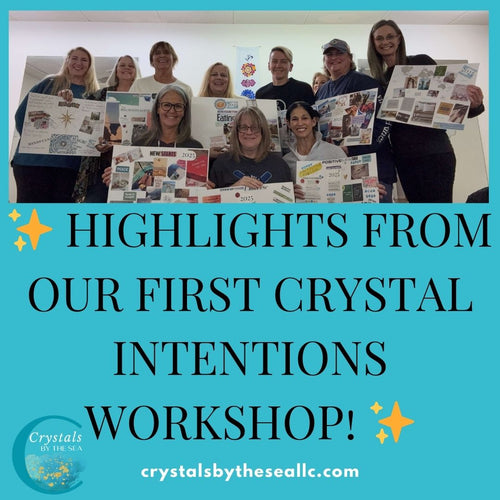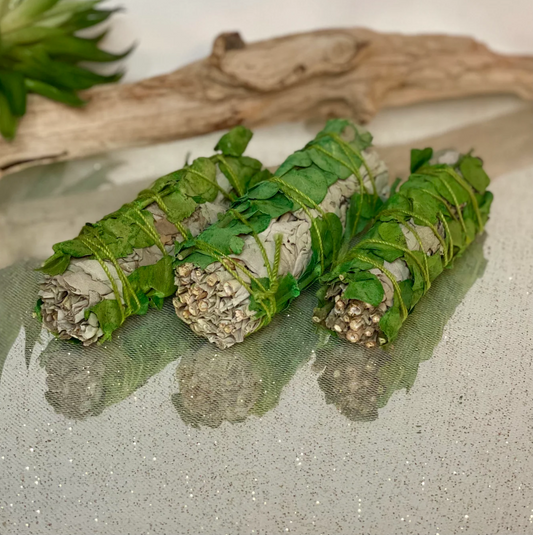
Teaching children about the history of rocks, minerals, and crystals offers them more than just an understanding of geology—it connects them to the earth in profound and meaningful ways.
These natural elements, formed over millions of years, carry stories of our planet’s past and provide tangible links to its present.
Educating kids about these treasures can inspire curiosity about the natural world, foster a sense of environmental stewardship, and introduce them to the holistic benefits associated with crystals and minerals.
Understanding the origins and formations of rocks and minerals helps children appreciate the earth's dynamic processes, such as volcanic activity, erosion, and plate tectonics. They learn that each stone has a history—whether it’s an ancient fossil embedded in limestone or a shimmering crystal formed deep within the earth’s crust. This knowledge sparks a sense of wonder about the natural world, encouraging kids to explore, ask questions, and think critically about the environment around them.
Beyond the scientific aspect, we know that crystals and minerals have healing properties.
Introducing children to the idea that certain stones can have calming effects, boost creativity, or offer protection can provide them with tools for emotional and mental well-being.
For instance, amethyst is often associated with tranquility and is said to help with stress relief, while rose quartz is linked to love and compassion. When kids learn about these properties, they may develop a deeper connection to the earth, viewing it not just as a source of resources, but as a provider of energy and healing.
By integrating lessons on rocks, minerals, and crystals into their education, children gain a multifaceted understanding of our planet. They not only learn about the physical attributes of these elements but also explore their cultural, historical, and metaphysical significance. This holistic approach helps kids appreciate the earth's gifts and teaches them to respect and protect the environment as they grow.
